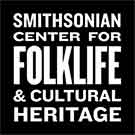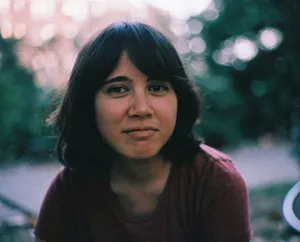SMITHSONIAN CENTER FOR FOLKLIFE & CULTURAL HERITAGE
How We Can Travel the World and Share Culture through Craft
The Folklife Festival Marketplace offers authentic craftwork created by artisans representing communities from recent Festival programs: Armenia, Peru, Mexico, and Brazil, along with other countries around the globe
/https://tf-cmsv2-smithsonianmag-media.s3.amazonaws.com/blogging/featured/Porfirio-Gutierrez-Mexico.jpg)
For those of us who miss the thrill of traveling to new cities, experiencing the sights and sensations of bustling craft markets, and learning about cultural and community traditions through art, here’s one way to explore from home: the Smithsonian Folklife Festival Marketplace.
Launched in December 2020, the new online Marketplace offers authentic craftwork created by artisans representing recent Festival programs: Armenia, Peru, Mexico, and Brazil, along with other countries around the globe, with more to come in the future. Typically, the Marketplace is a pop-up shop on the National Mall in Washington, D.C., open only during our annual Folklife Festival. Now that we have partnered with NOVICA, the largest impact-retailer for artisans and craftspeople, the Marketplace is accessible all year, all around the world.
Step into the virtual Marketplace, and you’ll find a curated selection of ceramics, jewelry, textiles, paintings, wood-carved objects, and more. You’ll also find stories about their makers, the people who have dedicated their lives to maintaining craft traditions across generations. For them, weaving, painting, carving, printing—whatever their skill—is not just a job.
“Artisans’ expertise is more than just selling or making; it is about sustaining culture and continuing the legacies of their families,” Marketplace curator Mimi Robinson says. “Our hope is that we are contributing to the effort to keep cultural practices and traditions alive and thriving.”
Over the past year, artisans and their communities have suffered from the sharp decline in travel and tourism, shuttering of small businesses, and cancelation of craft fairs caused by the COVID-19 pandemic. Shopping the Marketplace is one way we can continue to safely support these artisans and their legacies of craft.
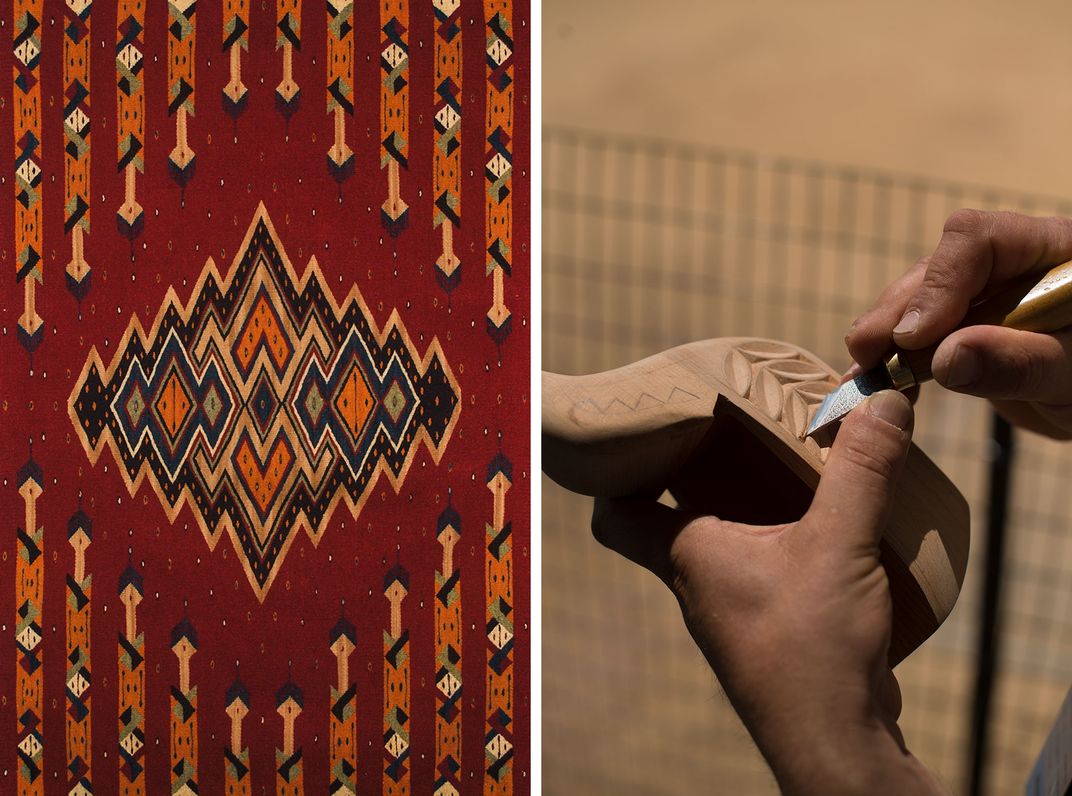
Mexico Collection
Find gorgeous hand-woven rugs by Zapotec master weaver Porfirio Gutiérrez (above); Talavera-style pottery by ceramicist Isabelle Collins, who paints with traditional vibrant colors while also drawing from Moroccan and Chinese design; and beaded jewelry by the Wixárika tribe, offered through the Huichol Center for Cultural Survival and Traditional Arts.
Armenia Collection
Enjoy exquisitely crafted spoons and rings by woodcarver Armen Ohanyan (above), beautifully detailed jewelry by silversmith Tsolak Koshtoyan, and silk scarves by batik painters Azatuhi and Anna Stepanyan of Sunny Arts, incorporating symbols of Armenian nationality.
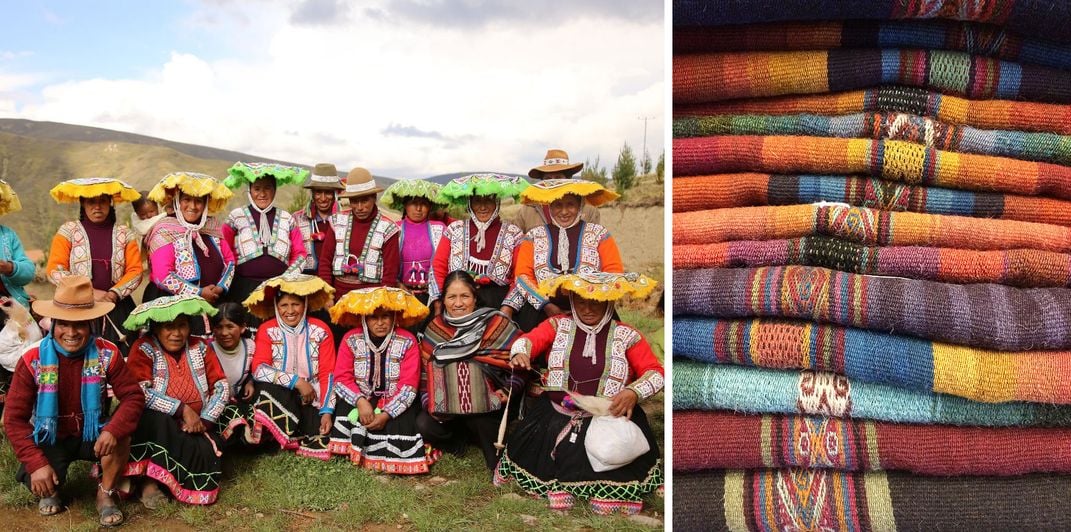
Peru Collection
Explore vibrant, naturally dyed textiles from the Center for Traditional Textiles of Cusco (above), led by weaver Nilda Callañaupa Alvarez; candleholders and sculptures featuring figurines in traditional Andean dress by ceramicist Mamerto Sánchez; accessories used in Peruvian Marinera dance costumes by filigree jewelry maker Eda Arroyo; mate burilado (carved gourds) depicting images of daily life and traditions by the Canto Sisters; and decorative tin crafts like crosses and mirrors by the Araujo Family.
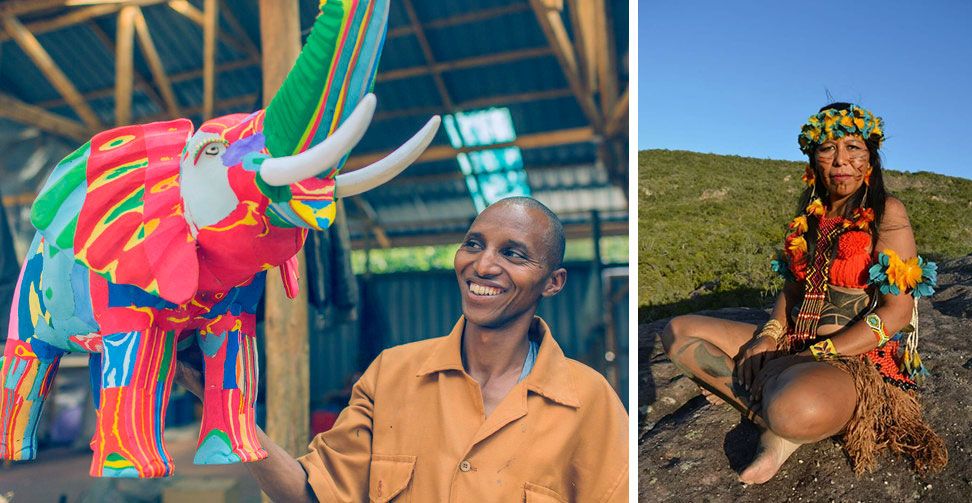
Ocean Sole Collection
Marvel at the multicolored menagerie of Ocean Sole (above), a social enterprise based in Kenya that transforms flip-flops littering the country’s beaches and waterways into bright and beautiful animal sculptures.
Brazil Collection
Find decorative wooden bowls, animal sculptures, musical instruments, and paintings inspired by traditional body art made by the Pataxó community of Bahia, and hand-painted and woodblock prints by father-and-son duo José Francisco Borges and Ivan Borges.
Until we can meet again on the National Mall, and until we can safely travel to explore the cultural diversity of our planet, we hope you enjoy your trip to the Marketplace!
